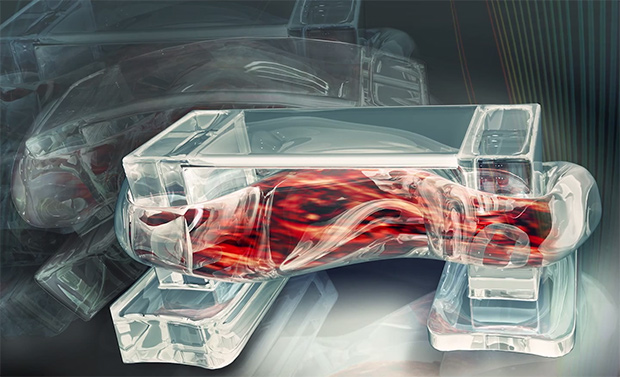
Most robots are powered by electrical motors that are big, bulky, heavy, and if they break, you have to replace them. Animals, on the other hand, use a biological motor—a muscle—that also requires electricity, but is far more efficient and, given a chance, can repair itself. We’re just starting to be able to manipulate biological structures like these in clever enough ways to let us harness their awesomeness, and engineers at the University of Illinois at Urbana-Champaign have worked them into a tiny little “bio-bot” that uses muscle cells to walk.
via IEEE Spectrum
Image: UIUC






